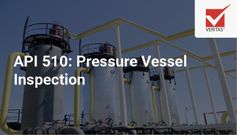Designing according to the EN13445 code
Self-paced or Virtual
9 modules
Daniel van Baalen, M.Sc.
SPC118
Format:
On-demand
€560 For Teams
Get a 20% discount on all courses for you and your team.
Free Course Preview
Help yourself with your purchasing decision. Watch free content now.
Selected format
Course Objective
"To provide static equipment engineers with a solid understanding of the design basis of the EN13445 design code."
Learn from home
100% online training
Video Lectures by Experts
watch multiple times
Available 24/7
1-year unlimited access
PDH Hours qualified course
Read more here
About the course
Self-paced
9x modules
7.5 hrs of videos
English
1-yr access
SPC118
The EN13445 design code is the harmonized design code for unfired pressure vessel design under the Pressure Equipment Directive (2014/68/EU). Often the rules are applied using automated software packages and the engineer can lose the overview of the calculation being performed.
This course explains the fundamental equations and principles in these design rules. For example: What is the area replacement rule? How is the Taylor and Forge method applied? What inner-stiffener distance is required to prevent collapse under vacuum, and why? What is the difference between primary and secondary stresses, and how is this evaluated in the code?
Next to explaining the rules and how to apply them, participants are challenged on why a rule is formulated in a particular way and show important differences with ASME BPVC Section VIII Division 1 code.
Meet your instructor
Program & Details
Welcome to the course
Your instructors
Live session schedule
How to use this course & join the live sessions
Personal Certificate requirements
Introduction
Scope
Materials
Brittle failure & creep
Module 1, Exercise 1
Welds and discontinuities
Fatigue analysis
Wall thickness & corrosion
Hydrostatic test pressure
A sample of the first module is available for free, so you can learn more about the teaching style and understand if the course fits your needs.
Intro: Stress definitions
Stress/Strain relationships
Stress/Strain relationships
Load cases
Maximum design stress
Module 2, Exercise 1
Intro: Shell design
Cylindrical shells
Spherical shells
Formed ends
Cones and conical sections
Cone to cylinder transition
Module 3, Exercise 1
Intro: Shell design
Cylindrical shells
Cylinder with Stiffeners
Module 4, Exercise 1
Cones
Shell ends
Intro: Vessel openings
Pressure area method
Analysis of a set-on nozzle
Adjacent openings
Special cases
Module 5, Exercise 1
Intro: Flat ends & flanges
Clause 10: Flat Ends
Flange types
Taylor-Forge flange check
Pressure rating method
Flange analysis
Module 6, Exercise 1
Intro design-by-analysis
What is design-by-analysis?
The equivalent stress
Module 7, Exercise 1
Stress Decomposition
Stress assessment
Stress decomposition
Instability & Buckling
Module 7, Exercise 2
Intro: Fatigue assessment
Simplified fatigue check
Detailed fatigue assesment
Fatigue safety factor
Comparing fatigue checks
Module 8, Exercise 1
Intro: Heat exchangers
Types of heat exchagers
Tubesheet thickness
Module 9, Exercise 1
Alternative methodes
Bellows & expansion joints
Rectangular vessels
Applied forces & moments
Lifting lugs
Saddle supports
Supports
Congratulations
Course evaluation survey
Your Personal Certificate
Rate this course
Related resources & follow up
Results
After this course, you...
understand the structure & scope of the code,
understand the failure mechanisms considered in the code,
are able to use the design rules for many components, amongst others cylindrical shells under internal & external pressure, openings and nozzles, flat ends and flange connections, heat exchanger tube sheets, rectangular shells and saddles and skirts,
understand the role of Design by analysis (Finite Element Analysis) for EN13445 design,
can identify the limitations of the design rules,
know the important differences with the ASME BPVC VIII-1.
Who should attend this course
Those required to design pressure vessels as per the EN13445 and that want a solid overview and understanding of the design methods used in the code.
Engineers that already have experience with the EN13445 and that want to improve their understanding of the backgrounds for the different rules and methods applied in the code.
Technicians involved in the production of EN13445 unfired pressure vessels that want a solid understanding of the design basis of their vessels.
Prerequisites: None
Level: Foundations
Access to the course.
After your purchase is confirmed you receive an account to the EngineeringTrainer online learning portal, where you find the course in your dashboard. After opening the course you will be guided step-by-step through the different modules. You receive 1-year unlimited access to the course. This allows you to perform modules again if this is beneficial for your work projects.
Learn by doing.
The course is mainly based on video content: video lectures and video software demonstrations. English subtitles is available and videos can be viewed as many times as desired. The video lectures help you to grasp the important technical concepts and in the video demonstrations the instructor uses the software and discusses all the steps and actions. You are recommended to follow the steps of the instructor in the software to optimize your learning curve.
Exercises are available in the form of multiple choice quizzes to help you grasp technical concepts and in the form of .pdf-files with instructions to build and analyze different models and answer related questions. Video demonstrations of the exercises are available.
This course is self-paced and is not subject to specific dates. The course contains 9 modules with a total of 7 hours of content which can be performed at your own pace. A Personal Certificate will be provided to you if you finish the course within the first month after purchase. This incentive will motivate you to perform the course quickly thereby improving your learning curve.
You receive 1-year unlimited access to all 6 modules. This allows you to perform modules again whenever you want to refresh knowledge for your daily work projects.
A personal digital certificate will be made available to each participant upon successful completion.
Example Certificate:
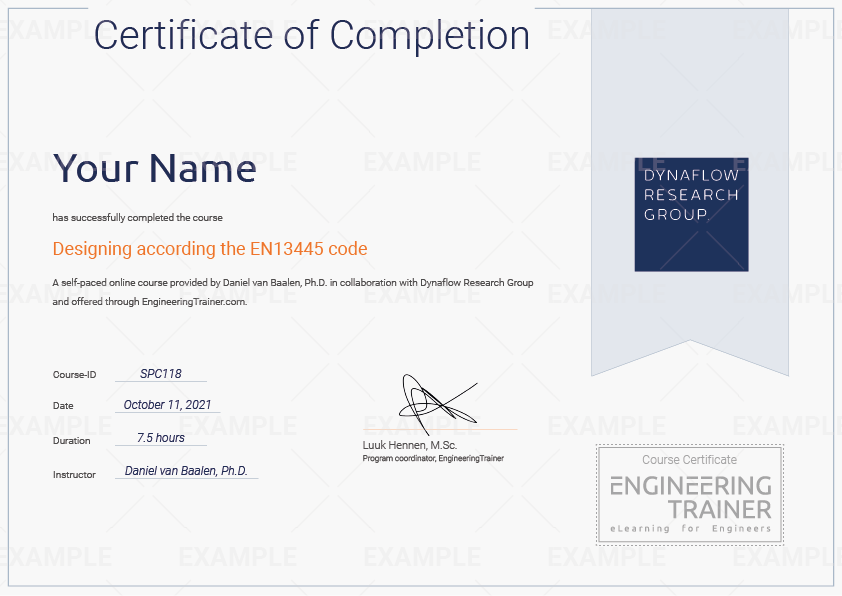
FAQ
Video lectures
Video demonstrations
PDF exercises
Exercise answers by demonstrations (video)
Multiple choice questions that help understand technical concepts
The majority of training material are videos. These are not available for download, but can be accessed directly with your account on the portal. Apart from quizzes the exercise files can be downloaded. These can include .pdf files with the exercise questions, software models or other file types. You receive 1-year unlimited access to the course. This allows you to watch content again if this is beneficial for your work projects.
We encourage participants to submit feedback and questions. These form the basis for new, future videos that will be added to the online course, but they will not be answered to the student directly.
Participants receive 1-year unlimited access to the course including new videos that are added during this year. Participants receive an email notification upon addition of new course videos.
No software is used for this course or will be distributed.
Yes, this course qualifies for PDH hours as per the NCEES CPC Guidelines.
Selected course format
Self-paced
€ 700
/ user- Self-learning modules
- Online discussion forum
- Live sessions with instructor
- 1-year access
- For individual learning
e-Hybrid
€ 900
/ user- Self-learning modules
- Online discussion forum
- Live sessions with instructor
- 1-year access
- For teams (min. 4)
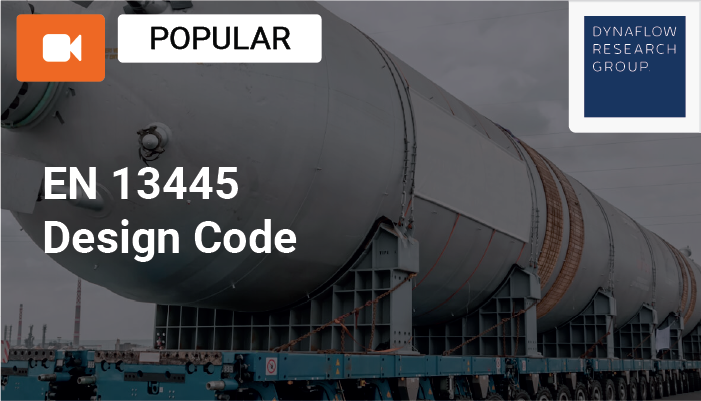
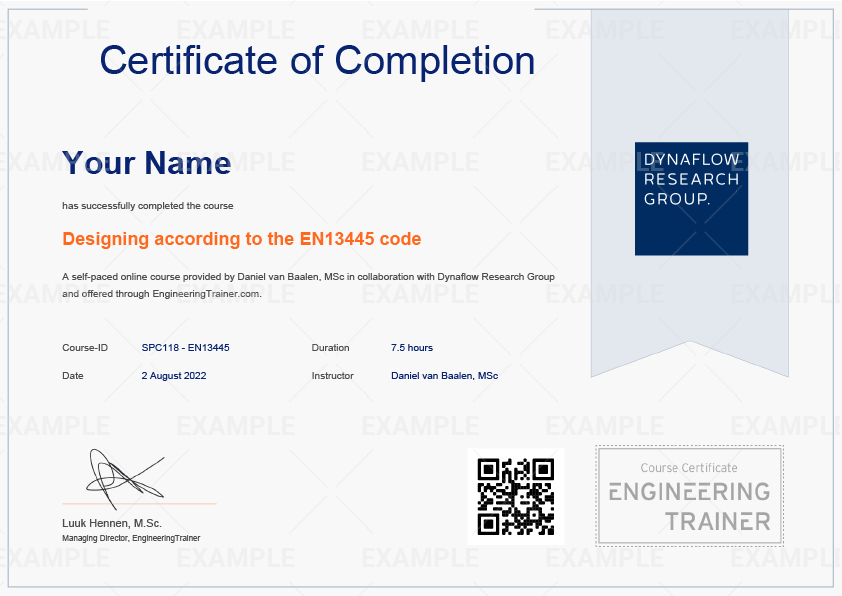


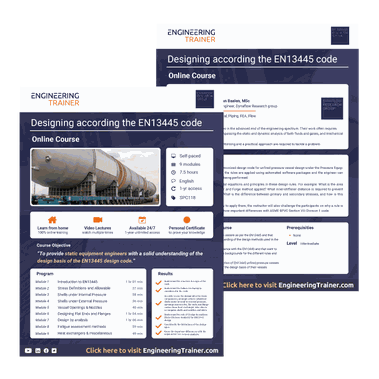


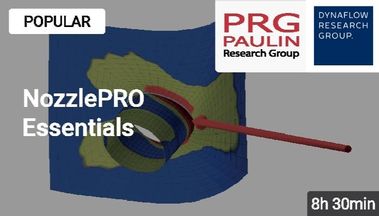
![[SPC140] Designing according the ASME BPVC VIII-1 code](/web/image/219467/SPC140.png?access_token=dfa20b16-90ff-423f-8681-27073bfb639e)
![[SPC030] Pressure Equipment Directive (2014/68/EU)](/web/image/219468/SPC030.png?access_token=2ded1a0a-0285-4353-a737-3673024495ca)
